Why Is Plywood so Expensive? Plywood is rapidly gaining popularity among interior designers and home builders.
And this is due to the growing demand for environmentally friendly building materials.
Of course, it is perfect for various housing applications because of its strength and versatility. However, the cost might be a huge worry for some people.
Why is plywood so expensive? This article will tell you the answer, including its best features and ways to get the best plywood.
What Is Plywood?
Plywood is a widely used structural material from fine strips of tree wood. These fine strips must be laid parallel, dried, and sanded to manufacture plywood.
After which, they undergo a complete lamination process, which helps create a single-ply panel.
However, to create multi-ply plywood, a second lamination process is necessary.
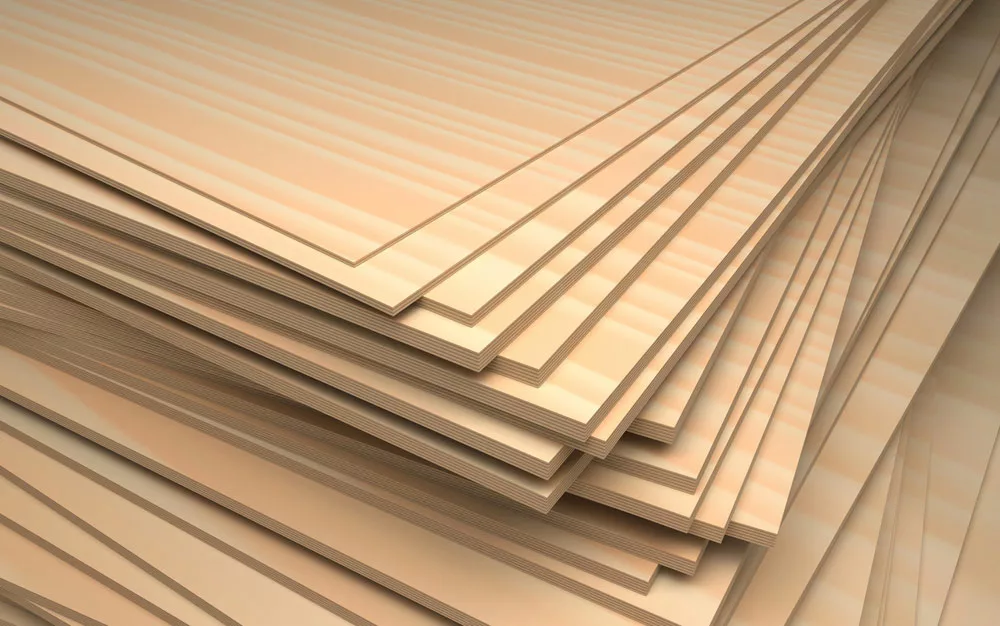
(set of plywood)
Why Is Plywood so Expensive?
Some reasons why plywood is so expensive include
- Lumber prices have increased: Usually, most people find the need to fulfill their construction needs when interests are low. During such periods, lumber prices will increase because many construction projects will continue.
- High demand in the market: When there is a high demand for plywood, the products become scarce. As a result, plywood prices shoot since raw materials are unavailable.
- Natural Disasters: Normally, plywood is handy when a hurricane strikes in place of broken doors and windows. This practice creates a ready market for the product, and suppliers will concentrate on these areas. As such, it makes the plywood supply in other areas scarce and expensive.
Another disaster that makes plywood so expensive is forest fires. Forest fires burn trees to ashes, thus decreasing the availability of raw materials.
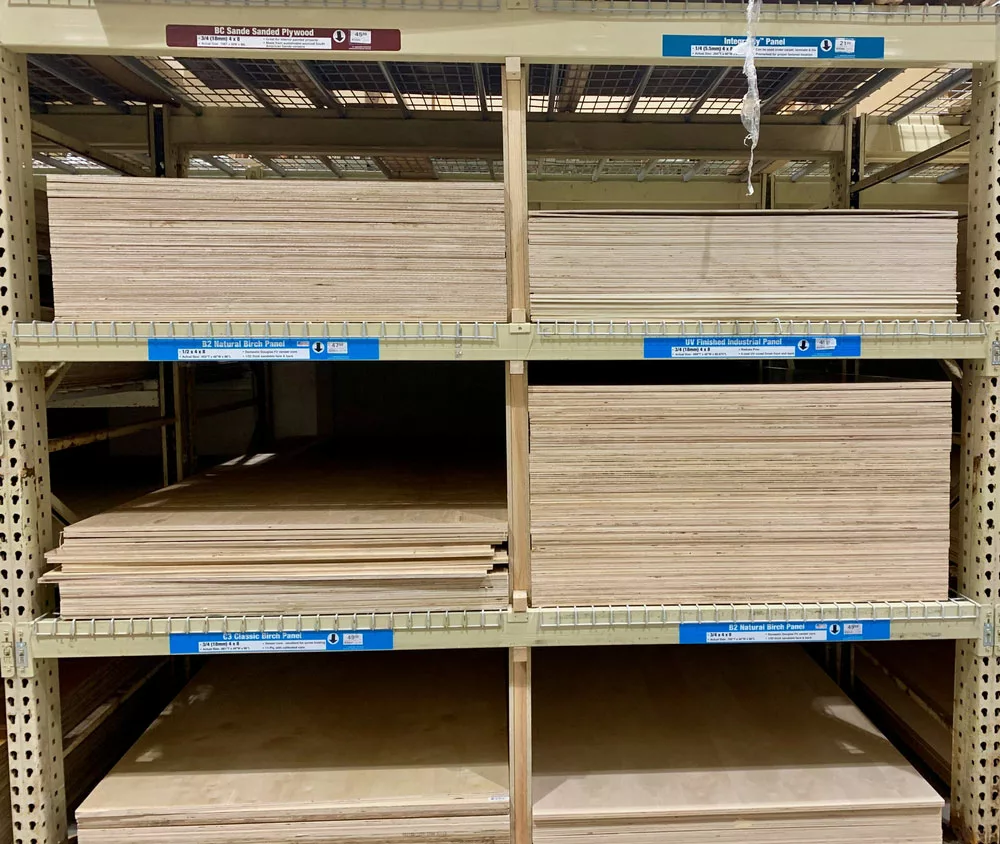
(a rack of plywood)
● Construction Levels: The levels of construction vary depending on the economy’s condition. Now, if the construction levels are high in an area, it means that the economy of that area is good. So, when the construction levels are high, plywood prices will also be high.
● Wood Quality:
Quality products are always expensive. Similar to how plywood is pricey because it comes from the best and highest-quality wood available on the market.
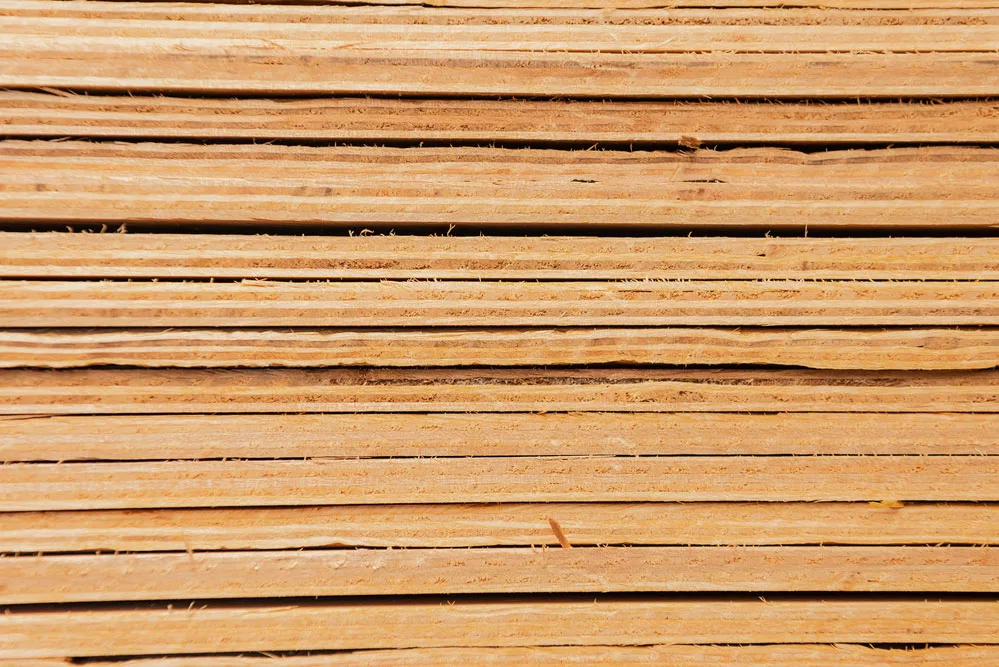
(stacked plywood sheets)
- Weight: Plywood is a heavy material; therefore, shipping it from the manufacturers to the market stores might be difficult. Additionally, a lot of labor is necessary for the shipment to happen. As a result, plywood becomes expensive for the end user since you have to cover labor and shipping costs.
● Processing: Usually, making plywood adds to the total cost of plywood. The several steps involved in plywood manufacturing force companies to employ more labor and machinery. In return, it raises the market prices of plywood.
● Stability: Stability is one of the reasons why plywood is in demand and very expensive. The several steps taken to manufacture plywood are major in its stability.
● Price vs. Size: Purchasing plywood in huge sheets results in the best price. On the other hand, plywood prices tend to be higher if you only require a small piece. And this is because cutting these smaller pieces of plywood requires more labor than getting a large sheet and cutting it yourself.
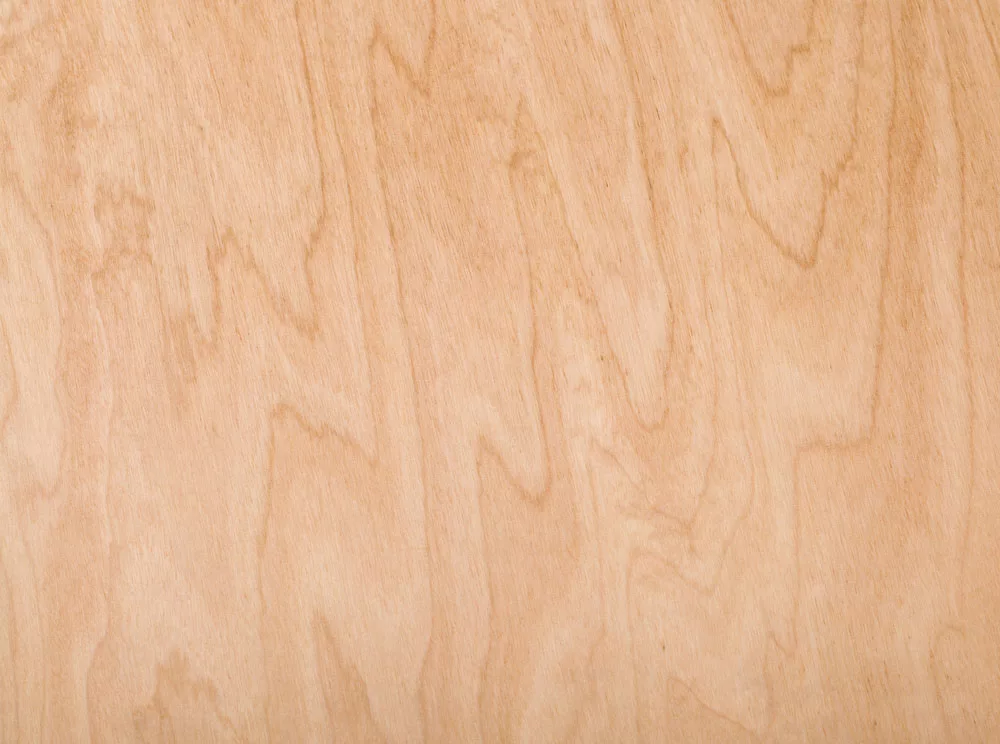
(plywood texture)
How to Choose Suitable Plywood?
You can use plywood for any minor or major projects. To choose the correct plywood for your project, take the following steps:
- Talk to your architect, who will help you get the correct information on the size and quality of plywood to buy.
- Select a supplier who has quality materials.
- Know the correct grade, thickness, and color of plywood needed in your project.
- Estimate the quantity of material you need for the smooth running of your project.
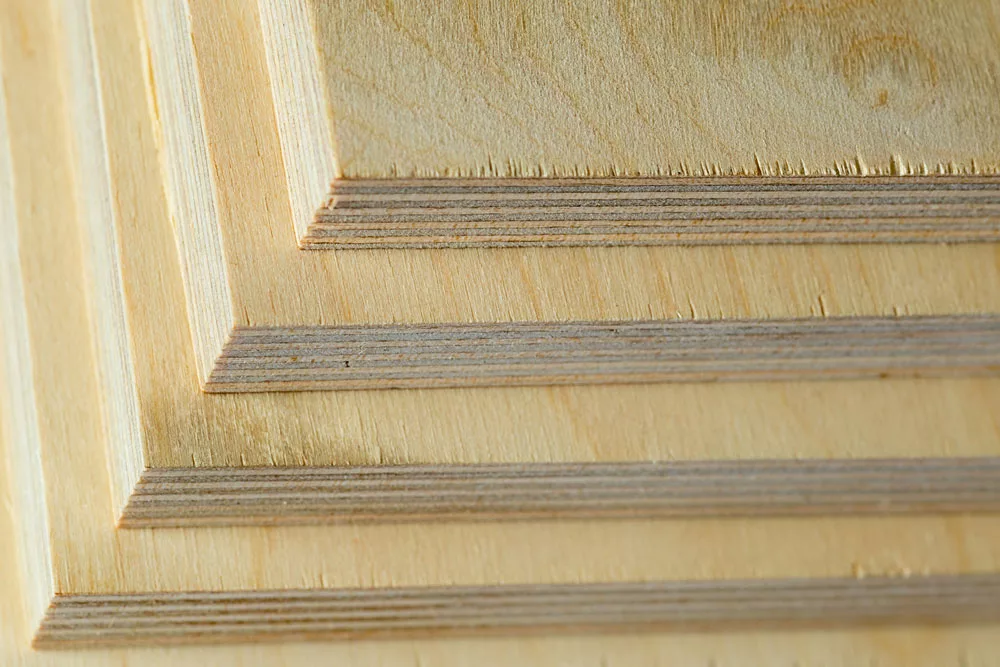
(macro plywoods)
How to Save Money on Plywood?
If you are looking for ways to save money on plywood, consider the following:
- Reused plywood goes for a lower price than freshly manufactured plywood.
- Research any plywood deals in your area to get quality for reduced prices.
- Wait for a downturn in the building industry. During this period, construction materials will be abundant. Therefore the prices of plywood will go down.
What Is Bamboo Plywood?
Bamboo plywood is a single-ply panel consisting of thin layers of bamboo strips. The strips are spread out in parallel order, dried in a kiln, smoothed down, and glued edge to edge.
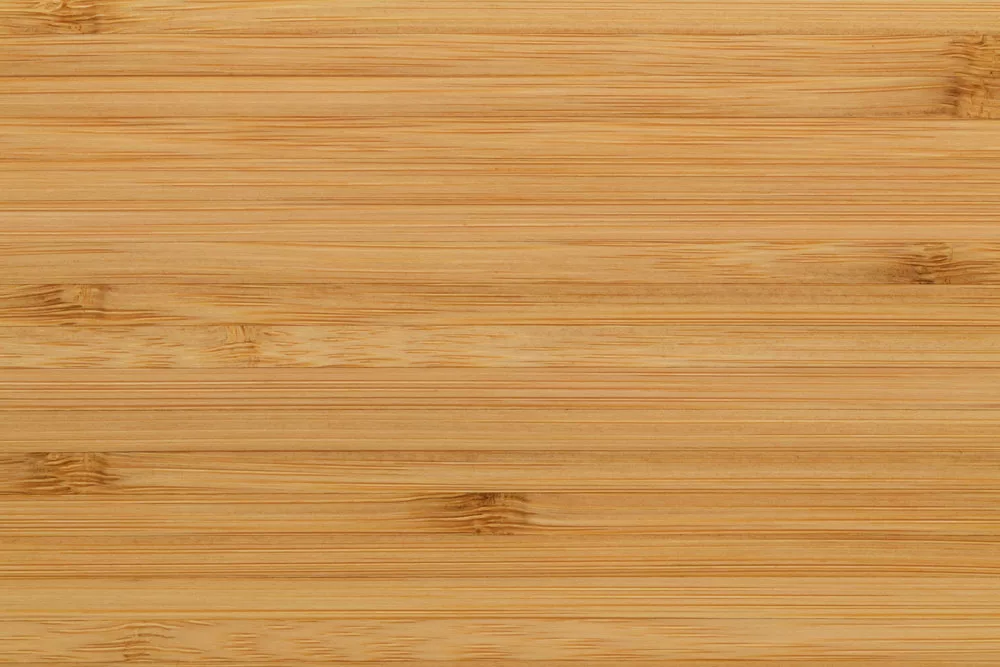
(bamboo wood)
Is Bamboo Plywood Better than Hardwood?
There are a couple of reasons why plywood is better than hardwood. Some of these reasons include the following:
- Strong and Durable: Bamboo plywood has multi-layers, giving it more strength and durability than most hardwoods.
- Environmentally safe: Bamboo plywood is more environmentally friendly than hardwood timber. That’s why more home builders and interior designers prefer Bamboo.
- Also, Bamboo grows far more quickly, reducing the destructive impacts of deforestation.
- Provides flexibility in design: You can easily work on bamboo plywood using standard woodworking tools. It offers great dimensional stability. Bamboo also comes in various thicknesses and grain sizes for further versatility.
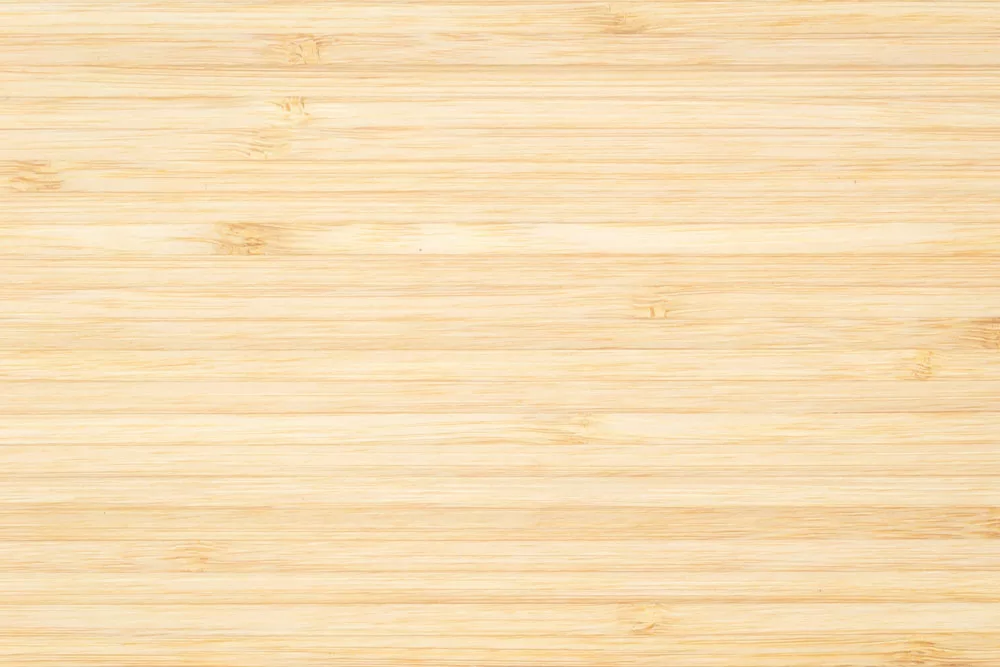
(bamboo wood natural pattern)
Why Is Bamboo Flooring so Expensive?
To have quality, you must always pay the price. Here are some good reasons why bamboo flooring is expensive:
- The complicated production process: There are a lot of steps involved in producing bamboo plywood. All the processes require a lot of machines and labor, therefore, are expensive.
- Only about 30% of the bamboo plant is usable: Some bamboo plants cannot produce plywood since the stems are hollow. Hollow stems make it hard for manufacturers to cut them into panels.
- Limited bamboo resources: Interestingly, most bamboo forests are in Asia. As such, Bamboo is a limited resource in other parts of the world.
- Shipping costs: Since most Bamboo is in Asia, shipping to other parts of the world becomes expensive. Also, its density adds to the shipping cost since Bamboo is denser than oak and maple.
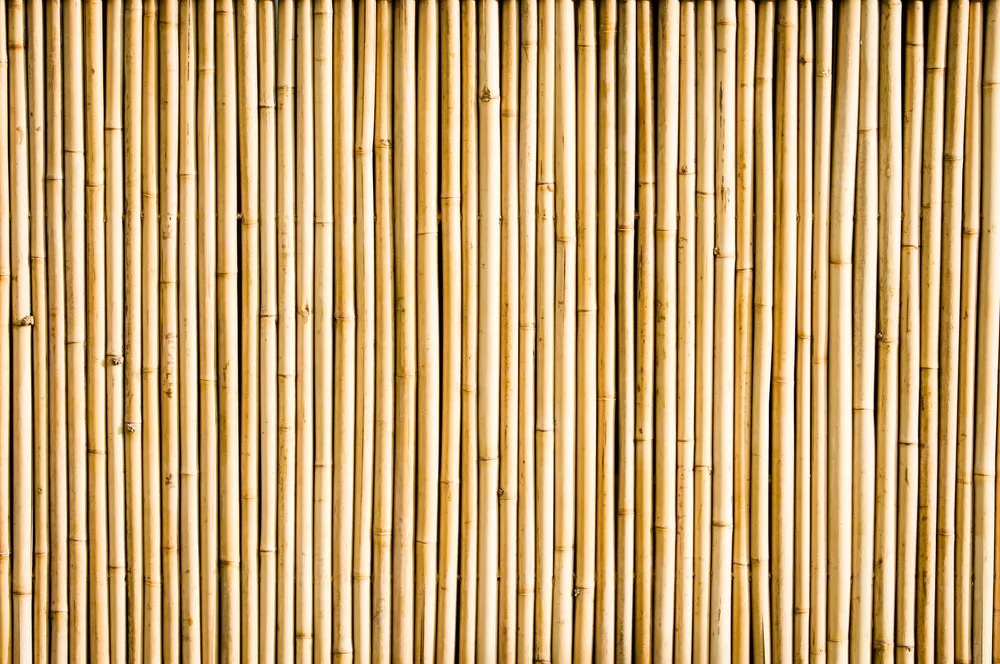
(bamboo trees)
What Are the Uses of Bamboo Plywood?
Bamboo plywood is a multifunctional material. For example, you can use Bamboo as;
- Bathroom Vanities: Bamboo plywood is very aesthetic. In addition, it has higher moisture resistance, making it very practical in bathrooms.
- Kitchen Cabinetry: In every kitchen, cabinets are essential. So, using Bamboo for your cabinets gives your kitchen a clean, more contemporary appearance.
- Custom Furniture: Bamboo plywood is the perfect material for furnishings in offices and restaurants. It is due to its sturdiness and resistance to scratches.
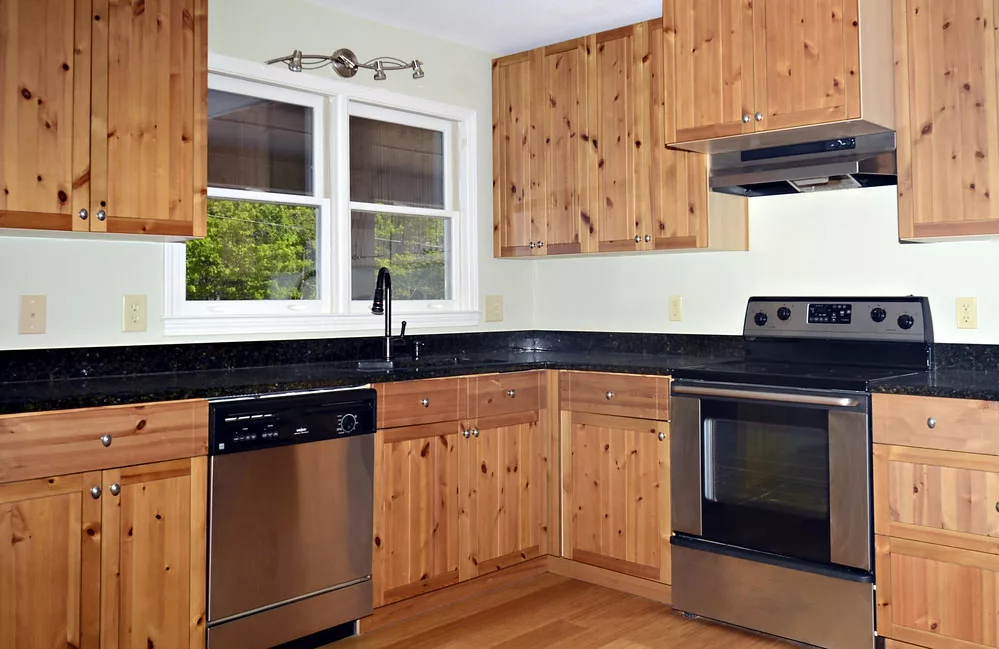
(a wooden kitchen)
- Floorboards: As mentioned, bamboo plywood is strong and resistant to water. It is a great option for flooring and is significantly less expensive than hardwood.
- Decorative framing: Bamboo plywood is a great choice if you need it for framing windows, doors, and even mirrors. It is also suitable for creative projects like constructing signs and wall baseboards.
- Built-Ins: Bamboo is so smooth and strong, so it works well for creating built-in areas. These areas may include desks, closets, bookcases, and display shelves.
- Pocket or sliding doors: Pocket and sliding doors are common in modern construction. Most constructors prefer using Bamboo for such doors since a regular or bi-fold door would take up significant room.
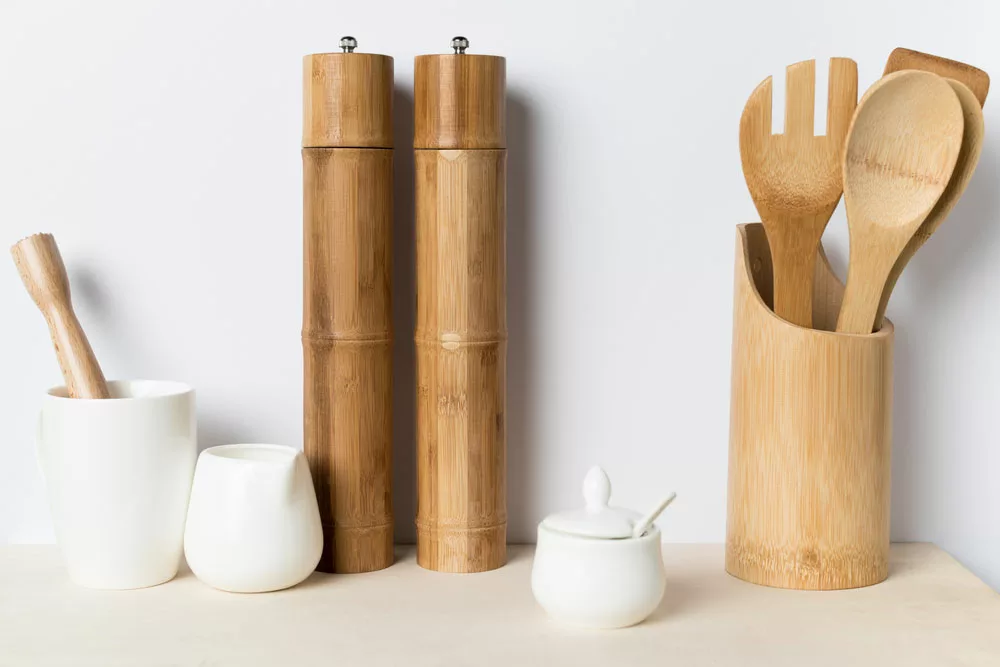
(All kinds of daily necessities)
What Are the Pros and Cons of Bamboo Flooring?
| PROS | CONS |
| It is more durable than conventional hardwood. | The less expensive models are more prone to dings, dents, and scratches. |
| Bamboo flooring has a sleek, contemporary appearance. | Relatively, installing it can be expensive. |
| It is also simple to clean, maintain, sturdy, and scratch-resistant. | Since Bamboo is only available in a few color tones, its modern appearance may turn old with time. |
| Bamboo flooring is simple to install and is ideal for do-it-yourselfers. | It may be susceptible to water damage and high humidity. |
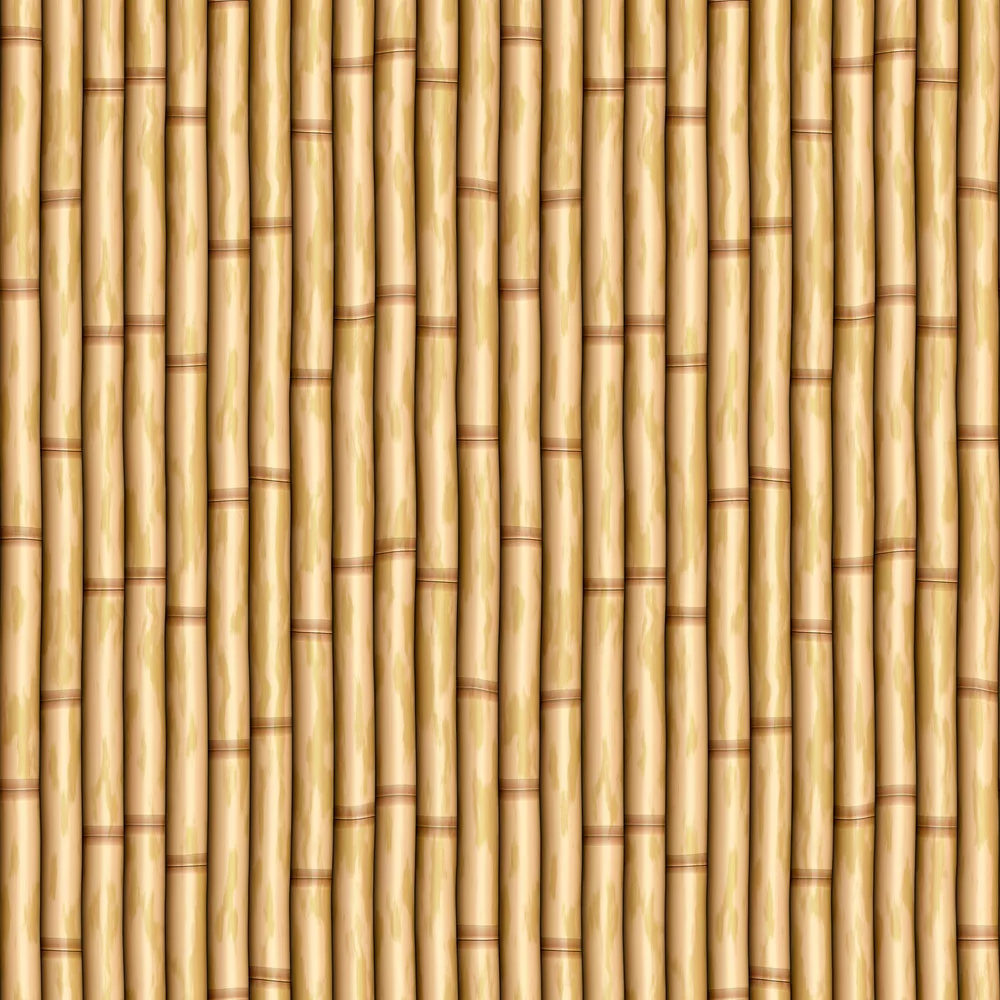
(bamboo walls)
Frequently Asked Questions about Bamboo Plywood
Is Bamboo Plywood Stronger Than Wood?
Bamboo is at least three times stronger than most hardwoods. It also has a higher tensile strength than steel, yet it is surprisingly light and flexible.
Is Bamboo Plywood Water Resistant?
Bamboo is a plant that draws moisture on its own. However, the process it goes through to generate plywood renders it less vulnerable to the effects of humidity.
Even though it is more water-resistant than most hardwoods, it is nevertheless prone to water damage.
How Long Do Bamboo Floors Last?
If properly maintained, bamboo floors can last up to 50 years. However, the usual lifespan is 20 to 25 years. The quality of Bamboo used, location, and humidity will all impact how long it lasts.
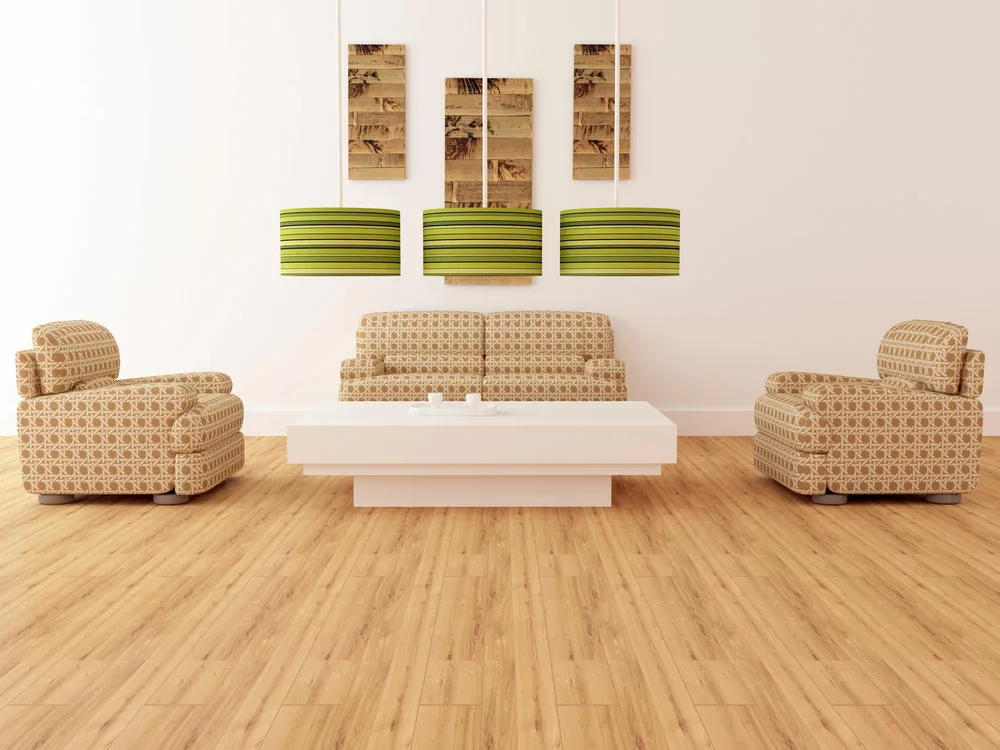
(wooden floors.)
Conclusion
There are many reasons why plywood is so expensive. The reasons, however, will vary from time to time. Most of all, its quality and versatility might be worth the price.
We hope we’ve helped you understand why plywood is so expensive. Happy building!
